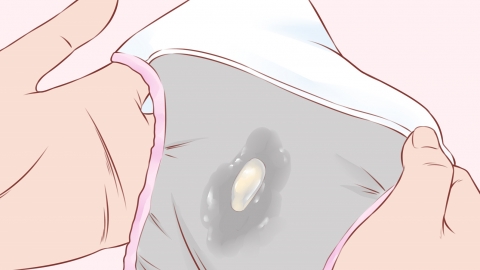What are the abnormalities of vaginal discharge?
Under normal circumstances, abnormal vaginal discharge mainly includes changes in color, odor, consistency, increased volume, and accompanying symptoms such as itching or a burning sensation. The details are as follows:

1. Color changes: Normal vaginal discharge is typically transparent or milky white. Any noticeable change in color indicates an abnormality. For example, yellow-green discharge may be associated with trichomoniasis; a curd-like or clumpy white discharge often suggests vulvovaginal candidiasis.
2. Odor changes: Normal discharge has no strong odor or only a mild fishy smell. A noticeable unpleasant odor should raise concern. For instance, a strong fishy odor may indicate bacterial vaginosis; a foul smell could be related to severe inflammation or other reproductive system disorders.
3. Consistency changes: Normal discharge is usually thin, clear, and mucus-like (similar to egg whites). Changes in texture are considered abnormal. If the discharge becomes thick and sticky, resembling nasal mucus, it may be linked to cervicitis. If it becomes watery and continuously leaks, it may signal an underlying reproductive system abnormality.
4. Increased volume: Vaginal discharge normally varies slightly during the menstrual cycle. However, if there is a significant increase in discharge outside of menstruation—such as frequent dampness on underwear—it may be related to vaginitis, cervicitis, or hormonal imbalances. Prolonged excessive discharge can cause persistent moisture and discomfort in the genital area.
5. Accompanying itching or burning: Abnormal discharge is often accompanied by local discomfort, such as itching or a burning sensation in the vulva or vagina, usually caused by inflammatory irritation. For example, vulvovaginal candidiasis commonly causes intense itching, while trichomoniasis may lead to a burning sensation.
In daily life, it's important to maintain cleanliness and dryness of the external genital area, wear cotton and breathable underwear, and avoid over-cleaning or frequent use of irritating feminine washes. Maintaining regular sleep patterns and a balanced diet helps strengthen immunity and supports reproductive health, reducing the likelihood of abnormal vaginal discharge.





